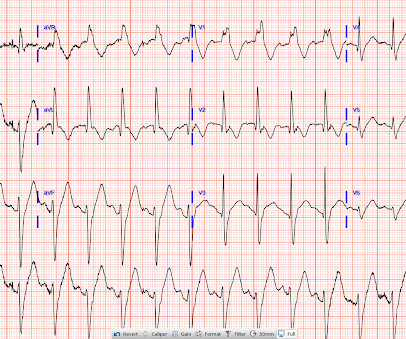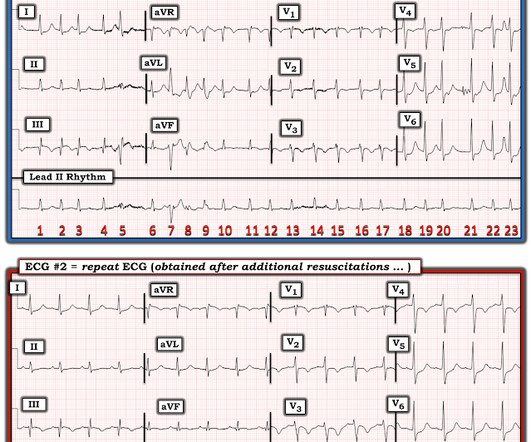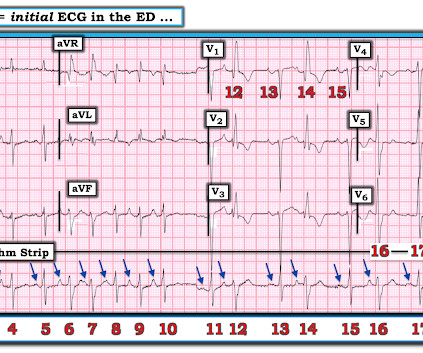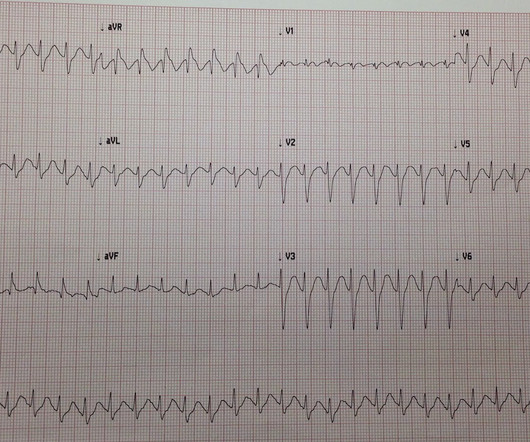A teenager involved in a motor vehicle collision with abnormal ECG
Dr. Smith's ECG Blog
FEBRUARY 6, 2024
See these publications for more information Overall, management for cardiac contusion is mostly supportive unless surgical complications develop, involving appropriate treatment of dysrhythmias and hemodynamic instability.












Let's personalize your content